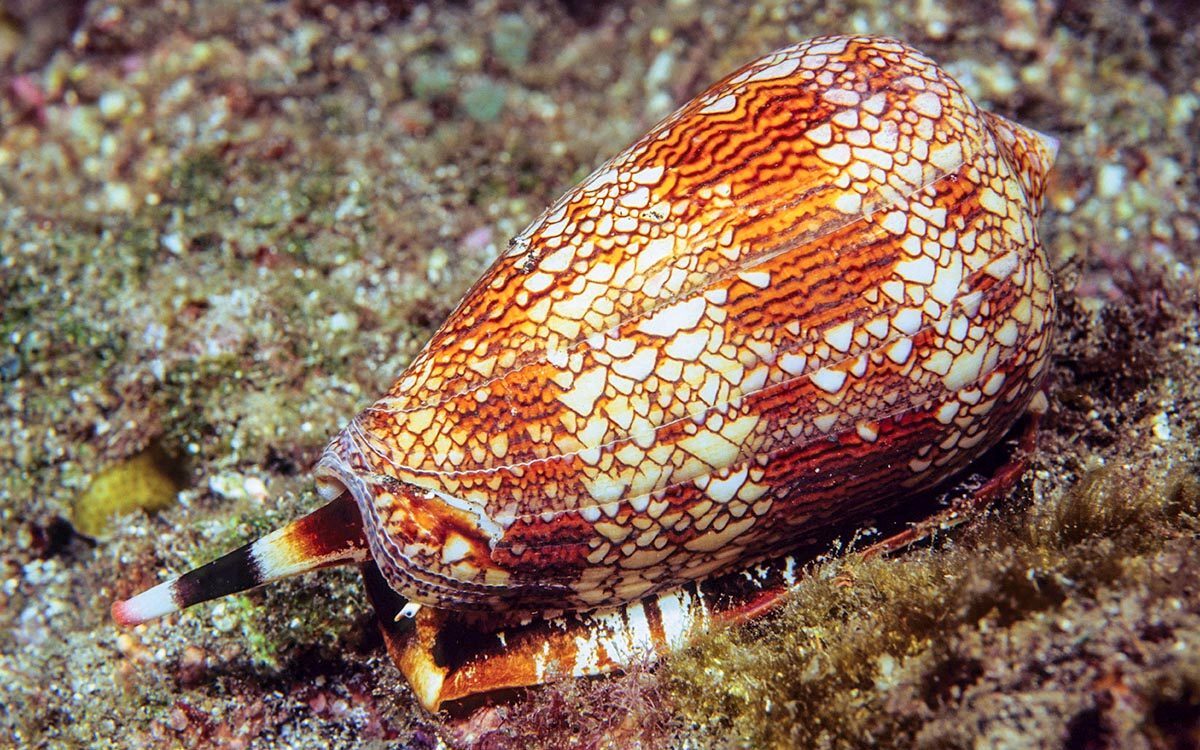
Congenital Hemolytic Anemia is a group of disorders where red blood cells break down faster than they are made. This condition can lead to fatigue, jaundice, and an enlarged spleen. Inherited from parents, these disorders often show up early in life. Some types include sickle cell anemia, thalassemia, and hereditary spherocytosis. Each type has unique traits and treatments. Understanding these facts can help manage symptoms and improve quality of life. This article will share 30 key facts about congenital hemolytic anemia, shedding light on its causes, symptoms, and treatments. Ready to learn more? Let's dive in!
Key Takeaways:
- Congenital Hemolytic Anemia is an inherited condition where red blood cells are destroyed faster than they are made, leading to symptoms like fatigue and jaundice. Treatment options include blood transfusions and genetic testing.
- Managing Congenital Hemolytic Anemia involves regular check-ups, a healthy diet, and avoiding infections. Ongoing research aims to improve treatments and find potential cures through gene therapy and new medications.
What is Congenital Hemolytic Anemia?
Congenital Hemolytic Anemia is a group of disorders where red blood cells are destroyed faster than they are made. This condition is present from birth and can lead to various health issues. Let's dive into some fascinating facts about this condition.
-
Inherited Disorder: Congenital Hemolytic Anemia is usually inherited from one or both parents. The genes responsible for this condition can be passed down through generations.
-
Types of Hemolytic Anemia: There are several types, including Sickle Cell Anemia, Thalassemia, and Hereditary Spherocytosis. Each type has unique characteristics and treatment options.
-
Red Blood Cell Destruction: In this condition, red blood cells are destroyed prematurely. Normally, red blood cells live for about 120 days, but in hemolytic anemia, they may only last a few days to weeks.
-
Symptoms: Common symptoms include fatigue, pale skin, shortness of breath, and jaundice. These symptoms occur because the body isn't getting enough oxygen.
-
Jaundice: Jaundice, or yellowing of the skin and eyes, occurs due to the buildup of bilirubin, a byproduct of red blood cell breakdown.
-
Splenomegaly: The spleen often enlarges because it works overtime to remove the damaged red blood cells from the bloodstream.
Causes and Risk Factors
Understanding the causes and risk factors can help in managing and treating Congenital Hemolytic Anemia effectively.
-
Genetic Mutations: Mutations in specific genes can lead to the production of abnormal hemoglobin or red blood cell membranes, causing hemolysis.
-
Family History: A family history of hemolytic anemia increases the risk of inheriting the condition.
-
Ethnicity: Certain types of hemolytic anemia, like Sickle Cell Anemia, are more common in specific ethnic groups, such as African Americans.
-
Infections: Some infections can trigger hemolysis in individuals with congenital hemolytic anemia.
-
Medications: Certain medications can exacerbate hemolysis in people with this condition.
Diagnosis and Testing
Early diagnosis is crucial for managing Congenital Hemolytic Anemia. Various tests can help identify the condition.
-
Blood Tests: Complete blood count (CBC) and reticulocyte count are common tests used to diagnose hemolytic anemia.
-
Peripheral Blood Smear: This test examines the shape and size of red blood cells under a microscope.
-
Hemoglobin Electrophoresis: This test identifies abnormal hemoglobin types, helping diagnose conditions like Sickle Cell Anemia and Thalassemia.
-
Genetic Testing: Genetic tests can confirm the presence of mutations responsible for congenital hemolytic anemia.
-
Bilirubin Levels: Elevated bilirubin levels in the blood can indicate increased red blood cell destruction.
Treatment Options
While there is no cure for Congenital Hemolytic Anemia, various treatments can help manage symptoms and improve quality of life.
-
Blood Transfusions: Regular blood transfusions can help maintain adequate red blood cell levels.
-
Folic Acid Supplements: Folic acid helps produce new red blood cells and is often prescribed to individuals with hemolytic anemia.
-
Splenectomy: Removing the spleen can reduce the destruction of red blood cells in some cases.
-
Bone Marrow Transplant: This procedure can potentially cure certain types of congenital hemolytic anemia, like Thalassemia.
-
Hydroxyurea: This medication can reduce the frequency of pain crises in Sickle Cell Anemia.
Living with Congenital Hemolytic Anemia
Managing this condition involves lifestyle adjustments and regular medical care.
-
Regular Check-ups: Frequent visits to a hematologist are essential for monitoring the condition and adjusting treatments.
-
Healthy Diet: A balanced diet rich in vitamins and minerals supports overall health and red blood cell production.
-
Avoiding Infections: Individuals with hemolytic anemia should take precautions to avoid infections, as these can trigger hemolysis.
-
Hydration: Staying well-hydrated helps maintain blood volume and reduces the risk of complications.
-
Pain Management: Pain crises, especially in Sickle Cell Anemia, require effective pain management strategies.
Research and Future Directions
Ongoing research aims to improve treatments and find potential cures for Congenital Hemolytic Anemia.
-
Gene Therapy: Scientists are exploring gene therapy as a potential cure by correcting the genetic mutations causing the condition.
-
New Medications: Research is underway to develop new drugs that can reduce hemolysis and improve quality of life.
-
Clinical Trials: Participation in clinical trials can provide access to cutting-edge treatments and contribute to medical advancements.
-
Patient Support Groups: Joining support groups can provide emotional support, information, and resources for individuals and families affected by congenital hemolytic anemia.
Final Thoughts on Congenital Hemolytic Anemia
Congenital Hemolytic Anemia is a complex condition, but understanding it can make a big difference. Knowing the symptoms, causes, and treatment options helps in managing the disease effectively. Early diagnosis and proper medical care are crucial for improving the quality of life for those affected.
Genetic counseling can provide valuable insights for families with a history of this condition. Staying informed and proactive can lead to better health outcomes.
Remember, while the condition may seem daunting, advancements in medical science offer hope and effective management strategies. Keep learning, stay vigilant, and consult healthcare professionals for personalized advice.
By spreading awareness and knowledge, we can support those living with Congenital Hemolytic Anemia and contribute to ongoing research and better treatments.
Frequently Asked Questions
Was this page helpful?
Our commitment to delivering trustworthy and engaging content is at the heart of what we do. Each fact on our site is contributed by real users like you, bringing a wealth of diverse insights and information. To ensure the highest standards of accuracy and reliability, our dedicated editors meticulously review each submission. This process guarantees that the facts we share are not only fascinating but also credible. Trust in our commitment to quality and authenticity as you explore and learn with us.


